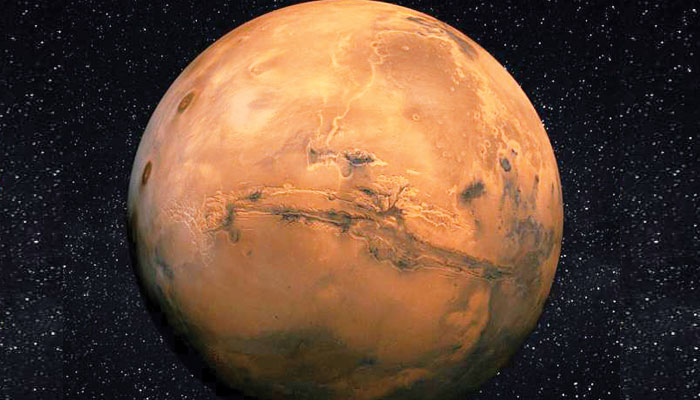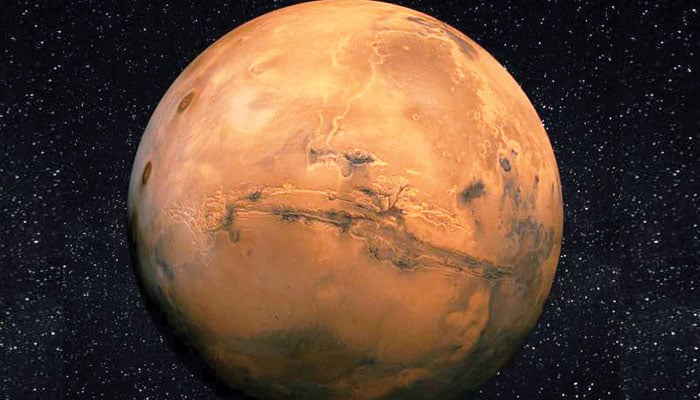
The European Space Agency has prepared a complete map of possible water reserves on Mars, which will play an important role in meeting the water needs of astronauts for future missions. According to experts, through this water, we will not only be able to understand Mars, but it will also help us to estimate suitable places for sending human missions. This map has been prepared by experts from the space agency and NASA from other mission investigations.
It is basically a map showing minerals where water can exist in any condition. The features here have been carved by flowing water in the past and salts may be present in addition to silt. When water flows over stones and rocks, different types of silt or silt are formed.
If the water content is low, smectite and vermiculite form and the rock retains its properties. When there is more water, it affects the rocks more and sometimes aluminum-rich minerals such as kaolin are formed. Astronomers have discovered about 1,000 such places on Mars in ten years, while there are millions of places where we can see the ancient past of the planet. It is also known that water played an important role in the formation of the planet Mars. .
But is there water on Mars or not? It is yet to be determined and the new Martian map will be very helpful in this, it is also known that different types of silt, silt and salts are more than scientists expected. This will help map the mineralization of Mars itself. This research will greatly facilitate future Mars projects and proper landing of Mars rovers.
setTimeout(function(){
!function(f,b,e,v,n,t,s)
{if(f.fbq)return;n=f.fbq=function(){n.callMethod?
n.callMethod.apply(n,arguments):n.queue.push(arguments)};
if(!f._fbq)f._fbq=n;n.push=n;n.loaded=!0;n.version=’2.0′;
n.queue=[];t=b.createElement(e);t.async=!0;
t.src=v;s=b.getElementsByTagName(e)[0];
s.parentNode.insertBefore(t,s)}(window,document,’script’,
‘https://connect.facebook.net/en_US/fbevents.js’);
fbq(‘init’, ‘836181349842357’);
fbq(‘track’, ‘PageView’);
}, 6000);
/*setTimeout(function(){
(function (d, s, id) {
var js, fjs = d.getElementsByTagName(s)[0];
if (d.getElementById(id)) return;
js = d.createElement(s);
js.id = id;
js.src = “//connect.facebook.net/en_US/sdk.js#xfbml=1&version=v2.11&appId=580305968816694”;
fjs.parentNode.insertBefore(js, fjs);
}(document, ‘script’, ‘facebook-jssdk’));
}, 4000);*/



